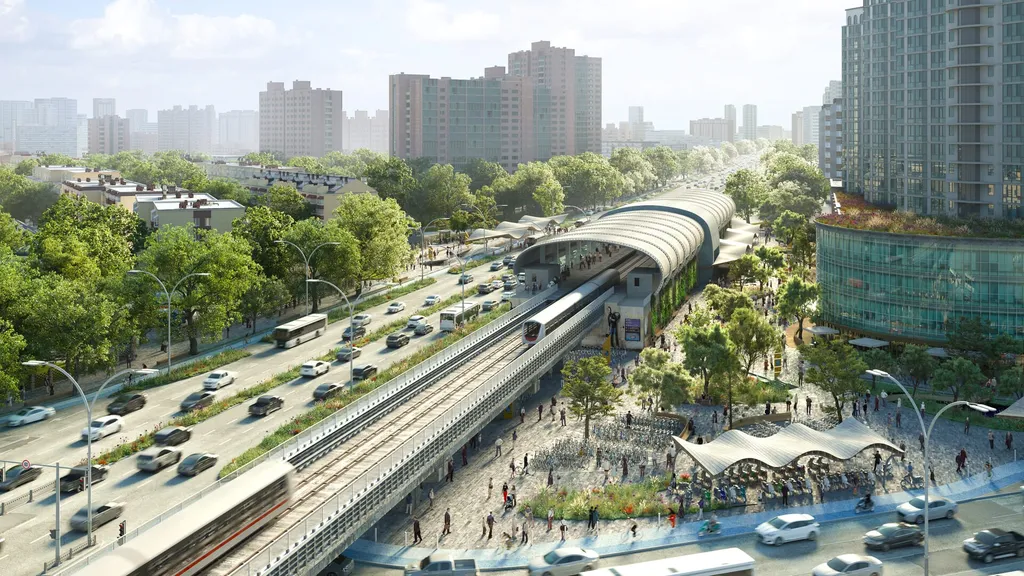In the bustling world of urban development, metro stations are evolving from mere transit hubs into dynamic, multifunctional spaces. Yet, this complexity often leaves passengers disoriented, navigating labyrinthine layouts with poor signage and dim lighting. A recent study published in *Promet (Zagreb)*, which translates to “Traffic” in English, aims to change that. Led by Yimeng Zhao of the Beijing Urban Construction Design & Development Group Co., Ltd., the research delves into the spatial efficiency of metro stations, offering insights that could revolutionize urban planning and passenger experience.
Zhao and her team focused on three metro stations in Beijing: Haidian Huangzhuang, Zhongguancun, and Suzhou Street. Their innovative approach combined virtual wayfinding tasks with user satisfaction surveys to evaluate the spatial layout of these stations. “We wanted to understand how passengers navigate these complex spaces and identify pain points that hinder their experience,” Zhao explains. The results were eye-opening, revealing significant issues with spatial orientation, lighting, and signage.
The study’s methodology is particularly noteworthy. By conducting remote virtual wayfinding experiments, the researchers could simulate real-world navigation challenges without the logistical hurdles of in-person testing. This approach not only saved time and resources but also provided a controlled environment for accurate data collection. The findings were then cross-referenced with user surveys to create a comprehensive evaluation system.
So, what does this mean for the future of metro station design? Zhao’s research highlights the importance of intuitive spatial layouts and clear signage. “A well-designed metro station can significantly enhance passenger satisfaction and efficiency,” she notes. This has profound implications for urban planners and architects, who must now consider not just aesthetics and functionality but also the psychological aspects of navigation.
The commercial impacts of this research are substantial. For the energy sector, efficient metro stations can reduce congestion and improve the overall urban transit experience, potentially lowering energy consumption and emissions. As cities worldwide grapple with increasing urbanization, the insights from Zhao’s study could guide the development of more sustainable and passenger-friendly transit systems.
The study’s publication in *Promet (Zagreb)* underscores its relevance to the global traffic and urban planning community. As cities continue to evolve, the need for innovative solutions to urban challenges becomes ever more pressing. Zhao’s research offers a promising path forward, one that prioritizes passenger experience and spatial efficiency. In the words of the lead author, “By understanding the complexities of metro station navigation, we can create spaces that are not just functional but also enjoyable to use.” This research is a step towards that goal, setting a new standard for urban transit design.

